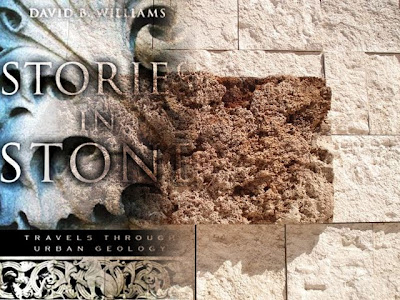The New York Times had an interesting article yesterday about the imminent loss of the 19th century church in Geste, France. Two years ago, the town council voted, by one vote, to demolish the church. Money was the main reason, as it would cost more to renovate the original than to raze and build a new one. The article notes that many towns and cities across France face a similar dilemma. To destroy or not to destroy. As one cultural official stated, “In the past these buildings were sacred, but today there is no sense of sacred.”
Nor is there a sense of honoring the past, of those who labored to erect such buildings in times when simply moving stone was a challenge. I recognize that old is not always better. Old buildings may be structurally flawed, hot in summer, chilly in winter, and dripping during a rainstorm. They can be just as ugly as modern ones. Workers were often exploited to build them. I am not advocating going back to or completely glorifying the past, but when we lose these older structures we lose stories of place, of our past, of ourselves.
And in regard to my interests, I have no idea what sort of stone was used in the Geste church but suspect that most churches in small towns in France were built with locally available rock. As I have written before, there is something special about local stone. It reflects the vagaries of place, of how its geologic history shaped the topography, hydrology, and soil. Local stone also tells of the human stories, of economics, architecture, and transportation.
I am in no ways a church, synagogue, or mosque goer but I guess that many who do attend are seeking connections. They may seek out new friends, treasured stories, spirituality, or like-minded others. To me, stone provides another level of connection. I recognize that many will not consciously make the connections I write about but perhaps they will experience them in ways they don’t truly understand. And isn’t that one aspect of religion.
I don’t advocate leaving up every and all stone buildings or not recognizing that buildings can be improved but I do think that people should consider the psychic value of stone buildings when we raze them and rebuild another one just because it is financially prudent.
